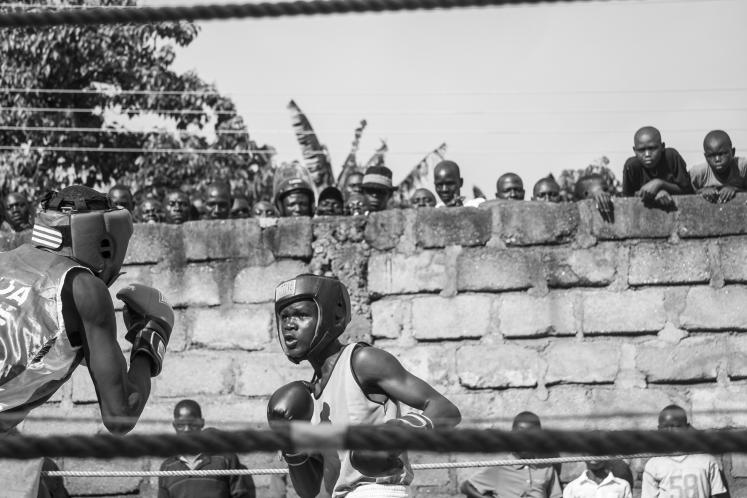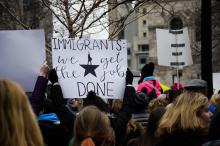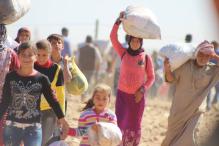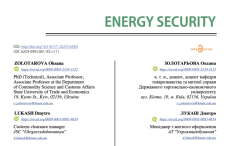
Education Researcher and photographer Mariajose Silva Vargas is about to complete her full-time PhD at UNU-MERIT (defending on 24 January) and now works as a Research and Policy Manager at Abdul Latif Jameel Poverty Action Lab Europe (J-PAL Europe). In this interview, she shares some highlights from both her photography work and her PhD journey, and explains how the two perfectly complemented each other. Mariajose's online photography portfolio can be found on her personal website.
What is the motivation behind your research and photography, and what positive change do you aim to make?
Social issues have always intrigued me. I am drawn to the combination of, on the one hand, understanding these issues from a researcher’s point of view, and on the other, also representing them through an artistic lens. I remember that my primary teacher used to call me the abogada de causas perdidas (lawyer of lost causes) because I would always complain about injustices in class. I blame my country and my family for that.
Bolivia, my home country, is an intricate tapestry with 36 Indigenous groups, making it a bit of a social jigsaw puzzle. Some of these groups live in remote, isolated spots, receiving limited government aid. Growing up, it was the norm to hear about people marching for days just to be heard in La Paz − protests, school closures and other tensions were part of our everyday news.
Naturally, I became intrigued about why these issues persisted and why solving them was so complex. My mom and uncle further fueled my curiosity, since they were both working in development-related fields. Discussions at home about social issues were common, especially with my uncle (an anthropologist) weaving tales about his experiences living with indigenous groups for research and the lessons he gleaned from those communities.
Then there's the artistic side of my family. My dad is a painter and sculptor, and my grandparents were artists too. Dad would fill our house with paintings, telling these deep, sometimes tough stories in an abstract, colorful way that I found fascinating. It was a different way of looking at things, seeing issues with dignity. He handed me my first camera, an Olympus OM-10 (which I still have), and always encouraged me to explore art in all its forms. During high school, I was sure I was going to become a full-time artist, but then I decided to keep studying − and would continue to do so for many more years, as it turned out!
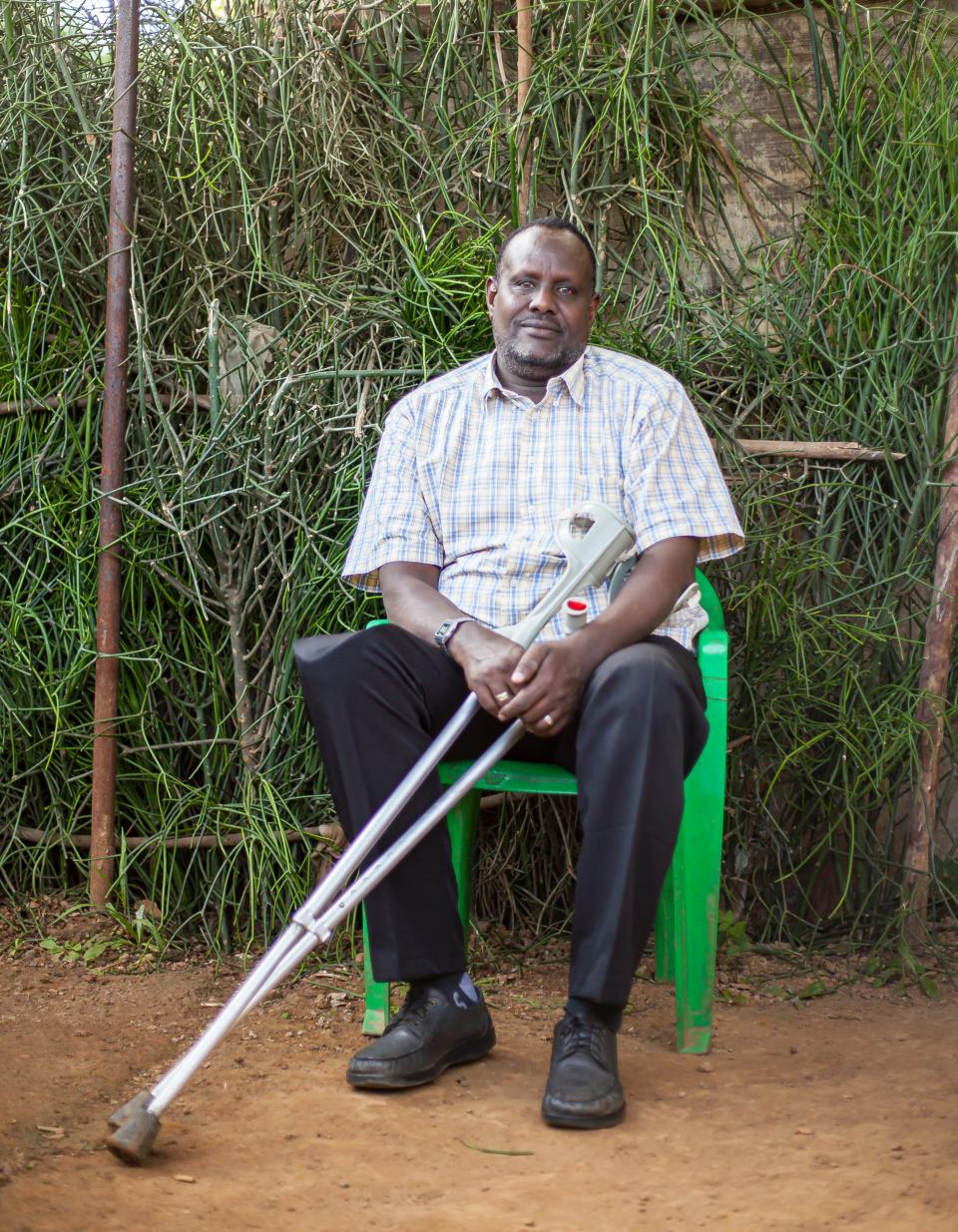
Does your photographic storytelling about the Global South impact your research (and vice versa)? If so, how?
Yes, absolutely.
The interplay between the two is undeniable. Through research, I've learned the importance of caution when attempting to draw conclusions from a single observation or a lone shot. While photographers have the ability to craft a narrative around a single image, my research background has instilled a sense of curiosity in me, pushing me to delve deeper into the topics I try to capture with my lens. It is about ensuring that the stories I tell through photography align as closely as possible with reality, steering clear of generalizations, and treating ethics in photography with the same gravity we apply when collecting data and personal information.
Conversely, photography has gifted me insights that ripple into both my personal life and research. The traditional style of documentary photography has always troubled me—it captures people in difficult situations but often neglects their dignity and their confirmed consent. When I started photography, I made a conscious effort to move beyond these stereotypes. I personally believe this can be done by interacting with the individuals I photograph, respecting their dignity, and narrating their stories with authenticity and sometimes from a different angle. While we shouldn't shy away from documenting challenging stories, both photography and research have the power to reshape the narratives we are accustomed to.
For instance, during my stay in the Nakivale Refugee Settlement in Uganda [the oldest refugee settlement in Africa], I chose to focus my lens on the initiatives of refugee NGOs, capturing their offices, training courses and portraits of key leaders. It was a deliberate decision to present the narrative from a different angle. While images of children without shoes or people sitting and waiting for aid undoubtedly reflect certain realities, we have become so accustomed to these depictions that they risk oversimplifying complex situations. The blend of photography and research, when wielded thoughtfully, can contribute to changing these entrenched narratives.
What’s the story behind your favorite photograph that you’ve taken?
I am really fond of a photo I took at a boxing match in Uganda. It captures so much in a single frame, and it serves as a constant reminder that perfection does not exist and that I should not pursue it. The moment unfolded during a bustling event at the East Coast Naguru Boxing Club in Kampala − a significant cultural and sports hub for many in the Naguru slum and Kampala at large. It was a day filled with excitement – especially for me personally, since some friends of mine were participating in the match – creating an electrifying atmosphere. The venue was so full that people had to gather outside the gym walls in order to catch a glimpse. In black and white, I snapped a shot to convey the dynamic and vibrant energy of that day.
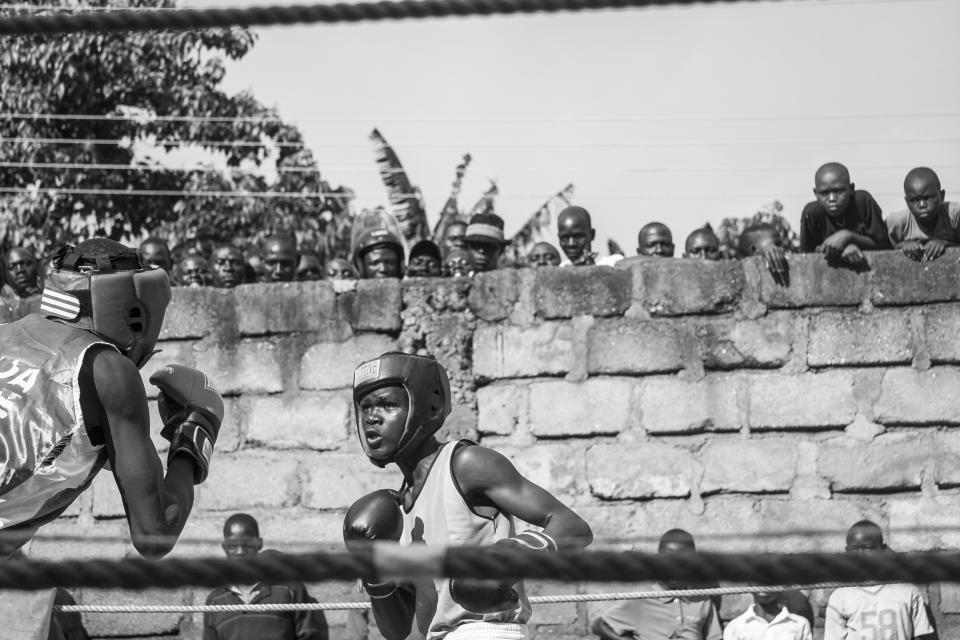
Technically, it is not the most flawless shot, but I still adore it. It received a review from a prominent documentary magazine and even made the first cut. However, a photo-editor pointed out that the shot would have been better if the faces of the audience were in focus − basically, I used the wrong setting. Oddly, I appreciate the imperfection because it serves as a reminder of my past struggle with perfectionism, which I know many photographers and researchers struggle with. This photo tells me that a piece of art or work doesn't have to be flawless; its significance, the story it tells, what it represents and the pure fact that it exists are what truly matter.
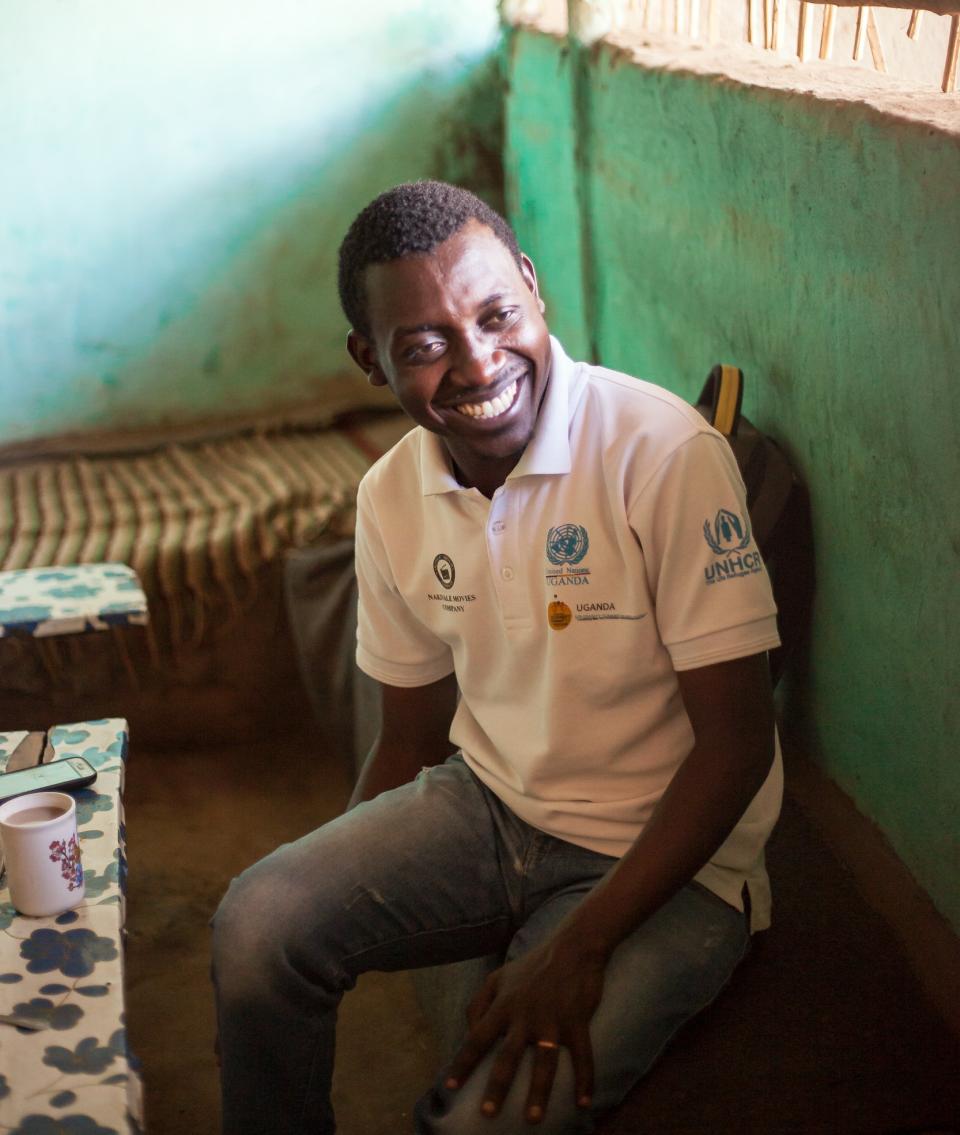
How has your PhD research contributed to your career, and in particular your work at J-PAL Europe?
My journey with J-PAL Europe has been a rewarding continuation of my research and policy path. Before pursuing my doctoral studies, I was fortunate to already be immersed in research, specializing in the type of research methodology that J-PAL focuses on (randomized evaluations).
However, the PhD experience was transformative. It equipped me with the practical skills needed to orchestrate a randomized evaluation from the ground up: from formulating the research idea and crafting precise research questions to designing and coding questionnaires, conducting data checks, and performing comprehensive econometric analysis. I delved into the policy side as well, navigating the intricacies of securing funding and collaborating with governmental institutions and organizations such as refugee-led NGOs. I also learned the art of team management and maintaining my sanity amidst the inevitable chaos that comes with running a randomized evaluation.
Now, in my role as a Research and Policy Manager, I integrate all these skills that were honed during my PhD. It is a dream position in a sense, as it encapsulates the essence of my doctoral journey, blending research and policy aspects. While I continue to learn and grow in this new role, it feels like an exciting continuation of the journey.
Finally, what have been some of the most rewarding or memorable moments of your PhD journey?
I've had the privilege of experiencing two profoundly gratifying moments during my PhD journey. The first one unfolded when Adonis Mushongole Muganuzi, a refugee-leader I encountered in the Nakivale Refugee Settlement in Uganda [who had founded the Young African Refugees Entrepreneurs Network (YAREN)], reached out to express his gratitude. He shared that the photo-story I published on my website had significantly bolstered his NGO's credibility and opened doors to increased funding and research collaborations. Witnessing the tangible impact of visual storytelling on such a grassroots level was truly heartening, and it exceeded my initial expectations.
The second noteworthy moment occurred this year when my co-author and I discovered that Young African Refugees for Integral Development (YARID), a refugee-led NGO in Kampala with whom we collaborated for our randomized evaluation, had implemented an internship program. This initiative aimed to facilitate the integration of refugees into Ugandan firms, drawing inspiration from our research program and results. Knowing that our work played a role in influencing positive, real-world changes, such as the establishment of this internship program, added a profound layer of fulfillment to my PhD journey.
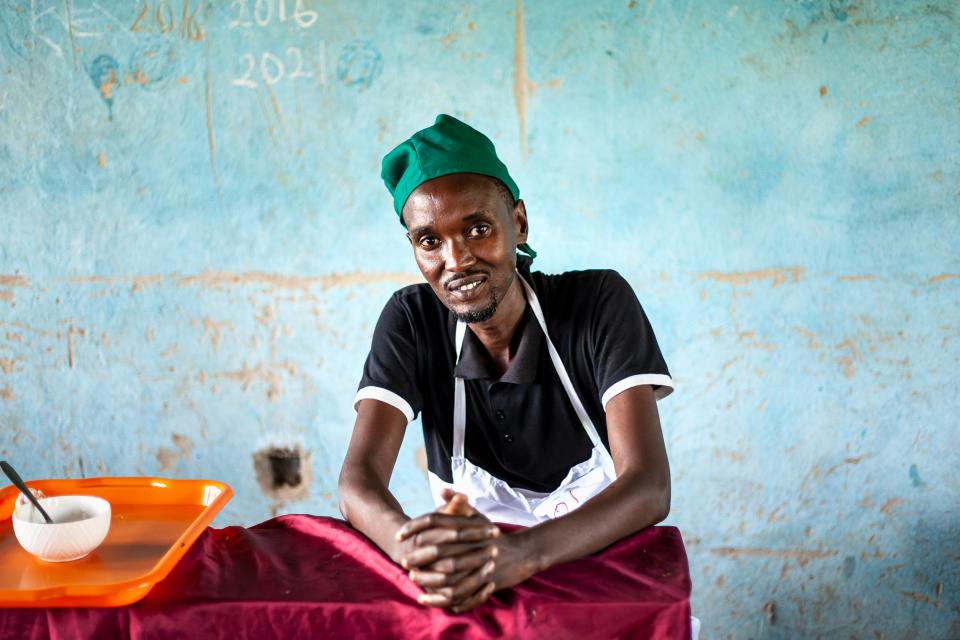
A refugee chef about to take a culinary exam with the goal of receiving an official certification and ultimately getting matched with a Ugandan employer.
To learn more about Mariajose and her work, see her website: https://marijosilvaphotography.com/

